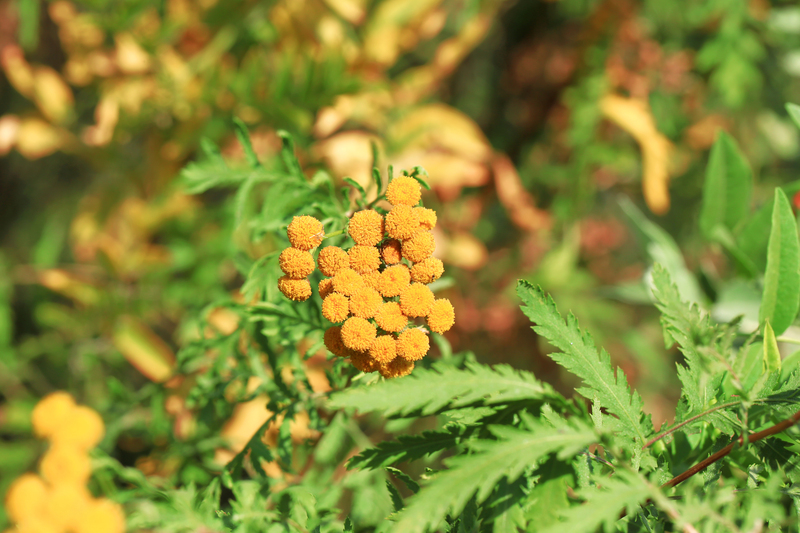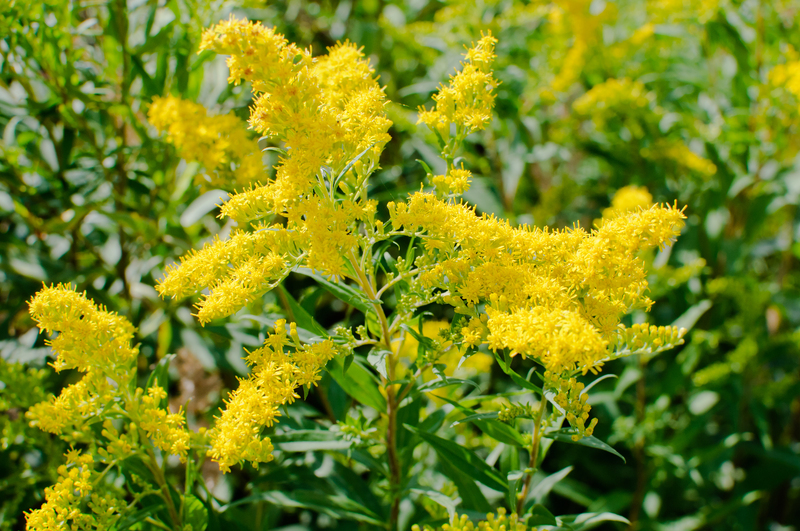Shade-Loving Climbers: Revitalize Your Shaded Corners
Posted on 15/05/2025
Shade-Loving Climbers: Revitalize Your Shaded Corners
Every garden and space has its unique characteristics, and shaded corners are no exception. While these areas might seem like a challenge, particularly when it comes to adding greenery, they're actually an opportunity to create a lush, verdant retreat. By choosing shade-loving climbers, you can transform these dim spaces into vibrant, eye-catching spots that enhance the beauty of your home or garden.
The Power of Climbers in Shaded Areas
Climbers are not just for sunlit areas. There are many shade-tolerant climbers that can thrive even with minimal sunlight. These plants can adapt to less-than-sunny conditions and add vertical interest and natural texture to fences, walls, and trellises. Here's how these plants can transform your shaded corners:
- Bring life to dull spaces
- Add privacy with a natural screen
- Create a sense of enclosure and intimacy
- Enhance your garden's aesthetic appeal
Top Shade-Loving Climbing Plants to Consider
To make the most of your garden's shaded spots, consider incorporating these shade-loving climbers:
1. Climbing Hydrangea (Hydrangea anomala subsp. petiolaris)
This stunning climber is perfect for shaded areas and can reach heights of up to 50 feet. It produces beautiful, creamy white flowers set against dark green leaves. Its full bloom period in early summer creates a breathtaking display of color.
- Light requirements: Partial to full shade
- Soil preference: Well-drained, moist soil
- Key benefits: Offers texture with its peeling bark during winter
2. Ivy (Hedera helix)
Ivy is a classic choice for shaded areas. This versatile plant can be used as a ground cover or trained to climb walls and trellises. With its evergreen foliage, ivy provides year-round greenery.
- Light requirements: Full to partial shade
- Soil preference: Tolerates a range of soil types
- Key benefits: Low maintenance and fast-growing
3. Japanese Honeysuckle (Lonicera japonica)
Known for its fragrant blossoms, Japanese honeysuckle can add a sweet aroma to shaded garden areas. Its tubular flowers appear in shades of white and yellow, delighting both the eyes and the nose.
- Light requirements: Partial shade
- Soil preference: Moist, well-drained soil
- Key benefits: Attracts pollinators and provides natural cover
4. Clematis (Clematis montana)
Clematis is a popular climber known for its profusion of blooms. The Clematis montana variety, in particular, favors cool, shaded areas and produces a dense display of pink or white flowers in late spring.
- Light requirements: Partial to full shade
- Soil preference: Rich, well-drained soil
- Key benefits: Long-lasting blooms and rich fragrance
5. Sweet Autumn Clematis (Clematis terniflora)
This variety of clematis blooms in late summer to fall, offering a showy display of small, white, fragrant flowers. It's an excellent choice for late-season flower interest.
- Light requirements: Partial shade
- Soil preference: Well-drained soil
- Key benefits: Prolongs the bloom period into the autumn
Designing with Shade-Loving Climbers
Incorporating shade-tolerant climbers into your garden design requires thoughtful planning. Here are some tips to maximize their impact:
Utilize Vertical Structures
Consider installing trellises, arbors, or pergolas to give your climbers the support they need. If you're working with an existing structure, such as a wall or fence, guide the plants using wires or obelisks.
Combine with Other Shaded Plants
Create a layered look by mixing climbers with other shade-loving plants like ferns or hostas. This adds depth and variety to your shaded spaces.
Prudent Pruning
Regular pruning can promote healthier growth and prevent climbers from becoming too unruly. Monitor growth patterns and trim back as necessary to maintain your desired design.
Caring for Your Shade-Loving Climbers
Successful growth and maintenance of shade-tolerant climbers involve:
- Watering: Ensure you water regularly, especially during dry spells, since shaded areas may retain less moisture due to roots' competition.
- Feeding: Use a balanced fertilizer in the spring and mid-summer to support vigorous growth.
- Pest management: Although these climbers are typically hardy, regularly inspecting for pests such as aphids or snails can help protect your plants.
Conclusion: Embrace the Beauty of Shaded Corners
With the right selection of shade-loving vine plants, you can breathe new life into the shadowy corners of your landscape. These resilient and adaptable climbers offer an opportunity to create a lush, serene environment that rivals any sunlit garden environment. By understanding their unique needs and potential, you can easily transform your shaded spaces into areas of beauty and calm.
Embrace the potential of your shaded corners and let nature climb to new heights with the addition of these stunning and hardy plants!



